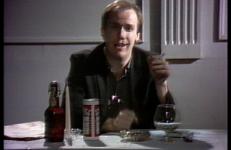
This section of the On Art and Artists collection highlights a number of experimental portraits of artists, and documentaries about the artistic process, from intimate one-on-one close-ups and dialogues, to full studio production studies. These works do not follow a traditional interview format, but are often intended as artworks in their own right. The artists and makers of these Artist Portraits draw artistic inspiration and stylistic license from the collaborators and interlocutors they depict.
Annette Michelson is a founding editor of the journal October and former professor of cinema studies at New York University. Before starting October, Michelson was the film critic for Artforum. Michelson’s influential work has focused on modernity, Russian and French avant-garde film, and American underground cinema.

Lars Movin presents a video portrait of artists who have radically disrupted our conception of art since the 1960s. A large part of the video was made in Venice in 1990, when many of the original Fluxus artists met to hold a large exhibition in connection with the Biennale. The tape includes interviews with most of the leading Fluxus artists, documentation of their works, and clips from videos and films made during the 30 years of this ungovernable art form.
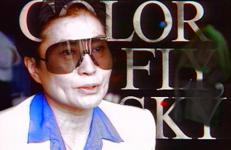
A video collage that chronicles the issues and events that arose in Linda M. Montano’s life while she devoted a year to each of the seven chakras. Beginning as a piece devoted to themes of commitment and limitation, the work becomes a fascinating hybrid of art and life, as Montano experiences the onset of menopause, her mother’s death, her choice to enter and then leave a convent, the suffering of a stroke, and thoughts of her own death—all within the structural confines of an intense work of art.

Linda M. Montano: 14 Years of Living Art is a video catalog of the artist’s exhibition, performance and workshop in Montreal in 2003. Produced in the context of a retrospective exhibition at the Liane and Danny Taran Gallery, the video presents a close view of Montano’s signture art/life counseling performance, interviews with participants, and views of the artworks in situ. It also documents Montano’s performance pedagogy during her all-night sleepover workshop which was collaboratively hosted by La Centrale and Rad’a.
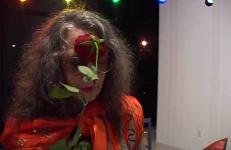
Wendy Clarke's videos frequently feature unscripted dialogue, inviting speakers to create a video diary or to share their thoughts on a topic, such as love. This approach often results in sincere and honest portraits of the speakers. In Mother and Daughter Soap Opera, Wendy focuses her video diary on her relationship with her mother, Shirley Clarke. Both women set up a camera at their respective homes and recorded their end of a phone conversation between them: Wendy in New York City and Shirley in Los Angeles at the time.
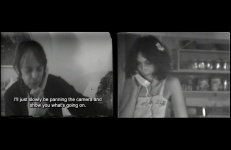
Eiko & Koma's second son Shin Otake created this video for the occasion of the 2004 American Dance Festival Scripps Award ceremony. Shin edited and narrated the video to convey Eiko & Koma's history and the concepts behind their works.
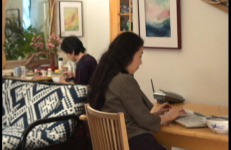
MICA TV
New Urban Landscapes, 1988
In 1988 the World Financial Center in lower Manhattan asked artists and architects to produce installations that centered on “the rapid development of the modern city and its enormous impact on how people live and work” for the New Urban Landscapes exhibition. MICA-TV produced profiles of the artists whose work was featured in the show, including Vito Acconci, Dennis Adams and Andrea Blum, Joel Otterson, Kawamata, Mierle Laderman Ukeles, Jon Kessler, Jean Nouvel, Stephen Willats, Martha Schwartz, and Haim Steinbach.

Anne McGuire
Oh Hi Anne, 2017
Made using voicemails the Kuchar brothers left on her home answering machine, the artist reveals George and Mike in all their candid honesty leading up to and following George’s untimely death in 2011. McGuire floats their voices along a river of digital scribbles and her own voice in singer/songwriter mode. The beauty of the piece lies partly in how the voicemails, used as-is and chronologically, contain an entire narrative about love and loss in a DIY style reminiscent of the Kuchars.
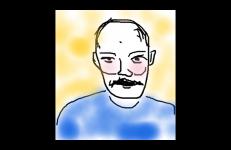
Dennis Oppenheim was a prominent figure in various art developments throughout the ’70s. Oppenheim moved through body/performance art and related video work to earthworks to his current large-scale “factories.” In all of his work, the transference of energy is an underlying concern.
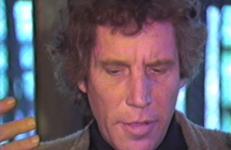
In July of 1971, American artist Lee Lozano gave a talk at NSCAD art college in Halifax, called “The Halifax 3 State Experiment”. Stretching over 8 hours, and moving through multiple locations, Lozano delivered her extended lecture in three states - sober, stoned on weed, and high on LSD. Filmmakers Maïder Fortuné and Annie MacDonell take this event up as a point of departure for an investigation into Lozano’s thoughts, practice and daily life.
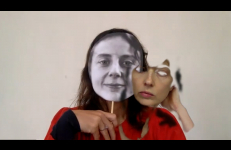
In July of 1971, American artist Lee Lozano gave a talk at NSCAD art college in Halifax, called “The Halifax 3 State Experiment”. Stretching over 8 hours, and moving through multiple locations, Lozano delivered her extended lecture in three states - sober, stoned on weed, and high on LSD. Filmmakers Maïder Fortuné and Annie MacDonell take this event up as a point of departure for an investigation into Lozano’s thoughts, practice and daily life.

Known as one of Italy's most important filmmakers, Pier Paolo Pasolini was first and foremost one of its poets. Combining staged and archival material, this elegiac essay considers Pasolini's brutal murder alongside the texts he published or left unfinished during the last year of his life.
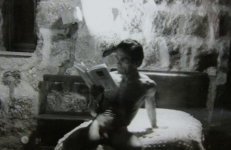
In this episode of The Live! Show, hosted by Jaime Davidovich, Eric Bogosian brings seven characters to life in seven minutes, Michael Smith plays the best driver in the world, Mitchell Kriegman offers a helping hand during the show’s popular call-in segment, and Louis Grenier demonstrates the organic face lift viewers can do at home.
This tape examines the meaning, impact, and future of the early-1980s avant-garde through interviews with artists (Scott B., Robert Longo, Walter Robinson, Michael Smith), an art dealer (Helene Winer, Metro Pictures), a museum director (Marcia Tucker, The New Museum of Contemporary Art), and an art historian (Roselee Goldberg). “Whenever you feel confident that you know what’s happening at the outside edge, something’s always happening that you don’t know about. The avant-garde, if it exists at all... is determined by the artist, not the peripheral people like myself,” Tucker says.
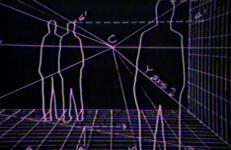
Richard Prince appropriates images from commercial advertising and travelogues for his photographs. Choosing these images for their melodramatic, super-real power, he then isolates their stylistic realism to accentuate its rhetoric. In this portrait/performance, Prince narrates experiences that demonstrate his extreme sensitivity to appearances and context. He relates the event of buying his first car as the imprinting of a certain aesthetic impression.
This title is also available on Crossover Series.
